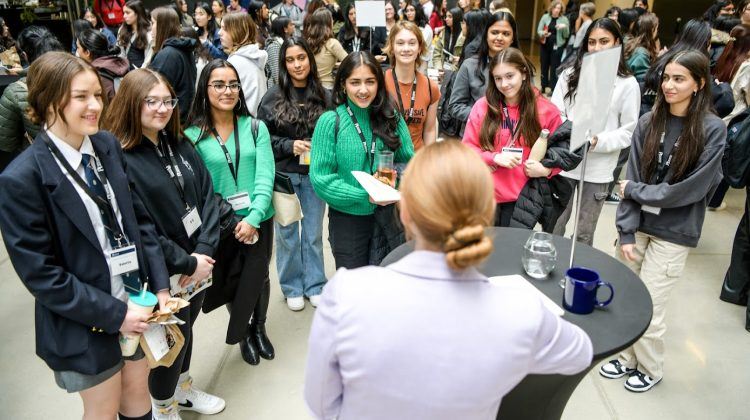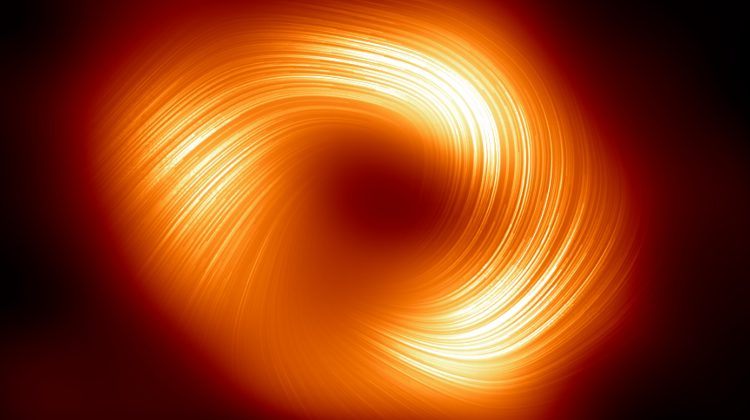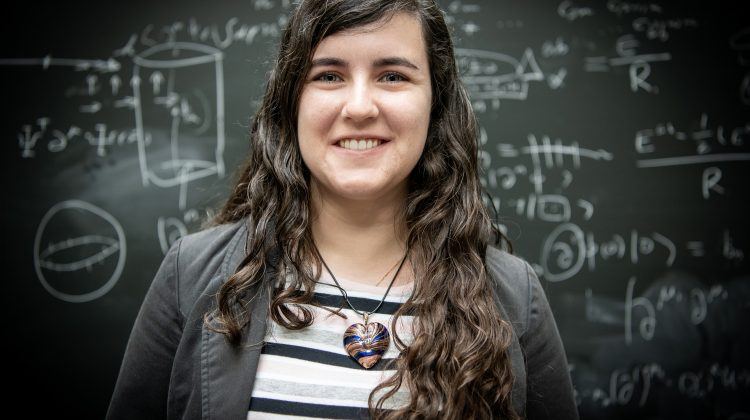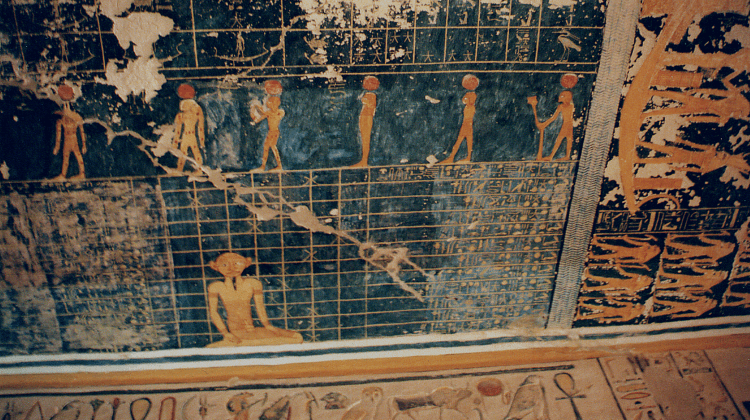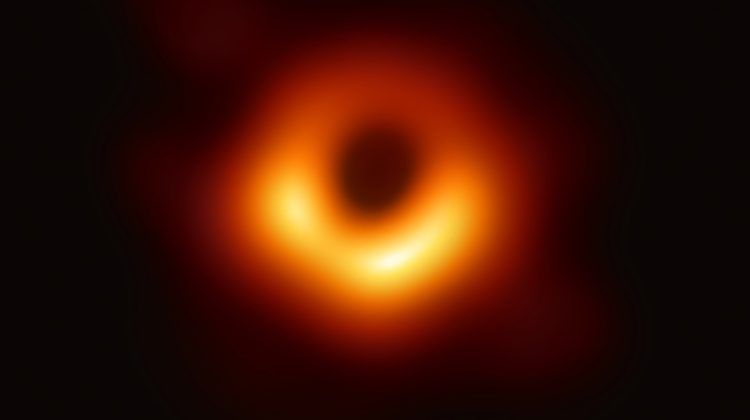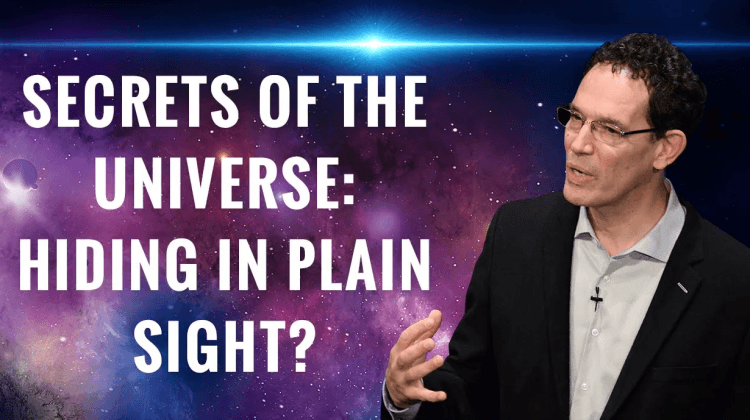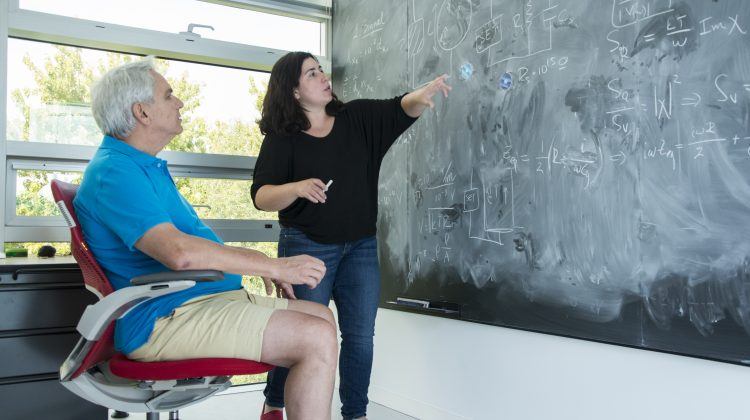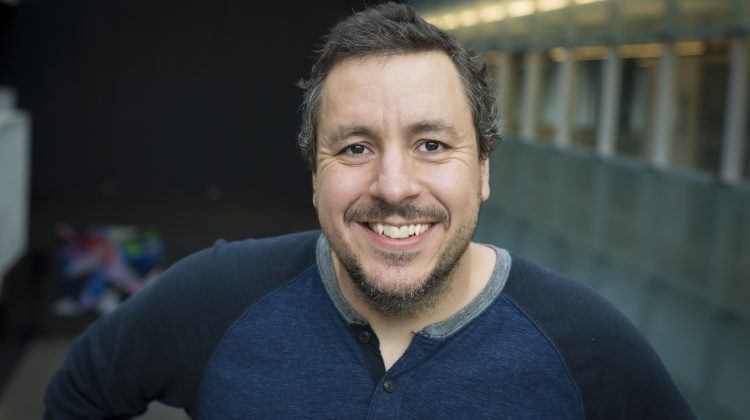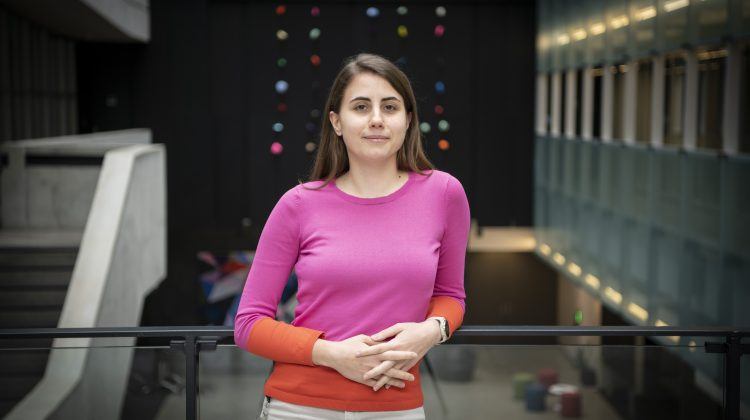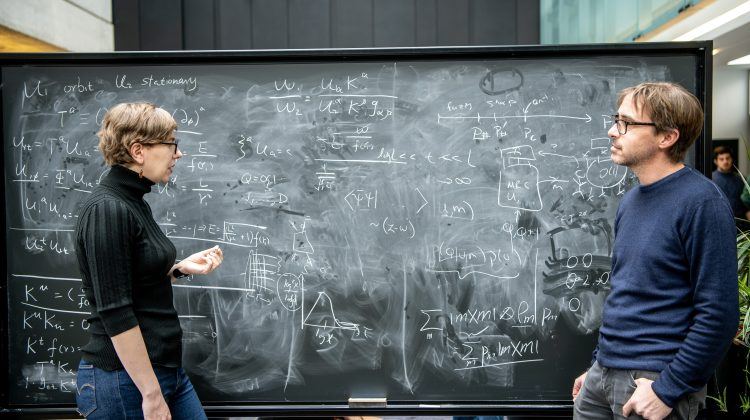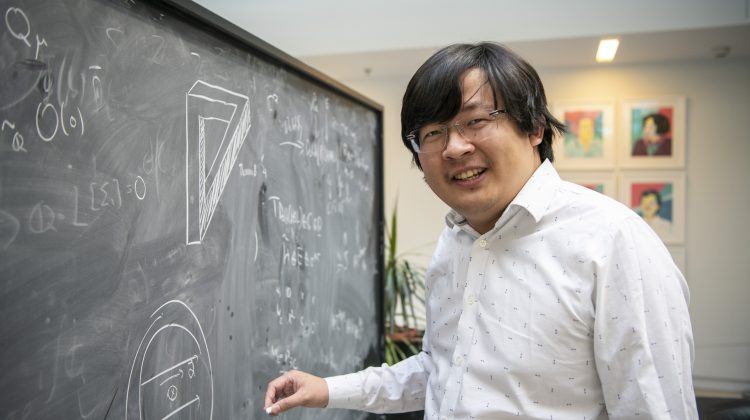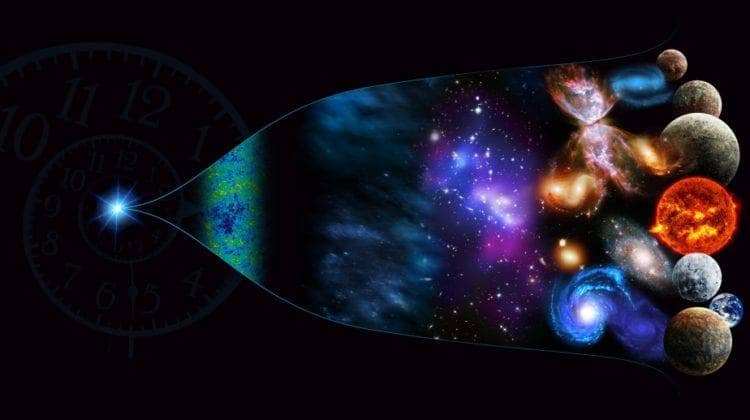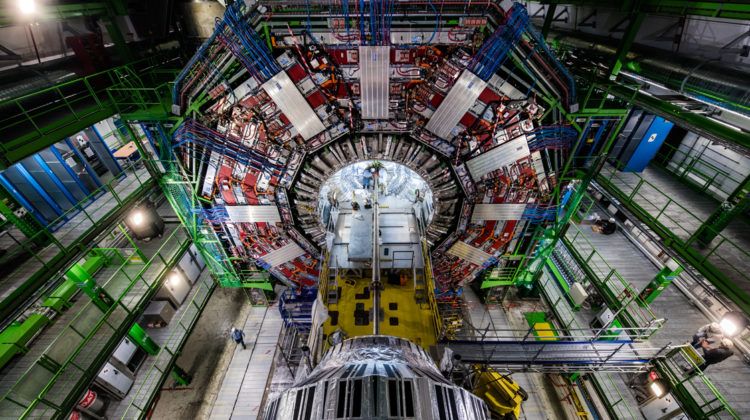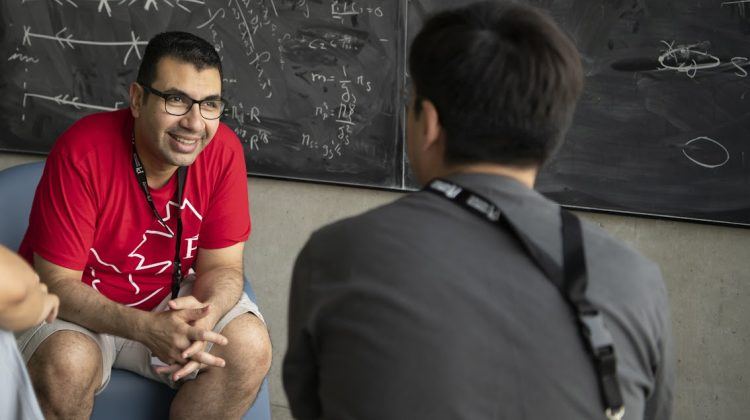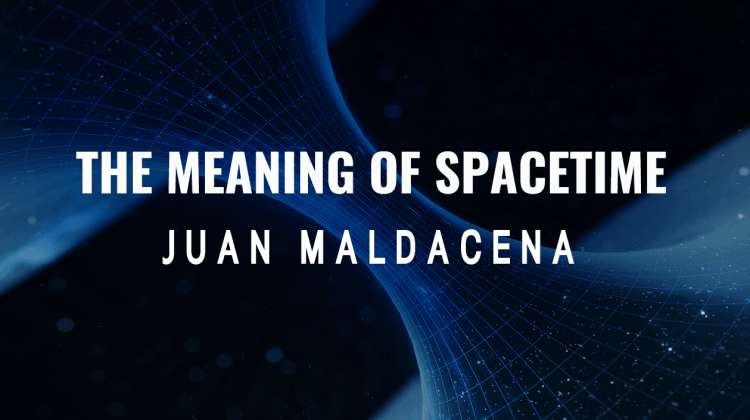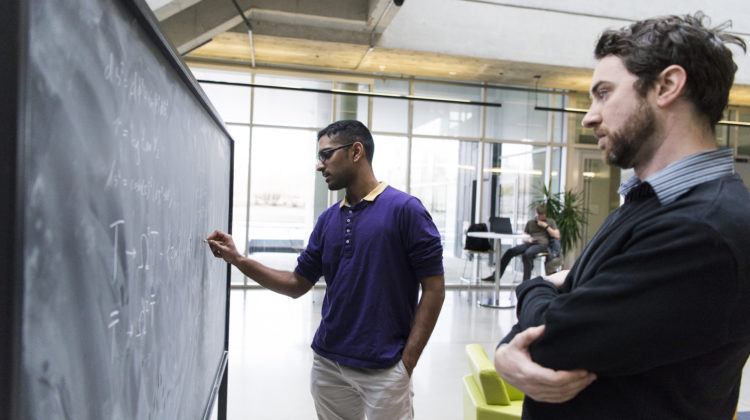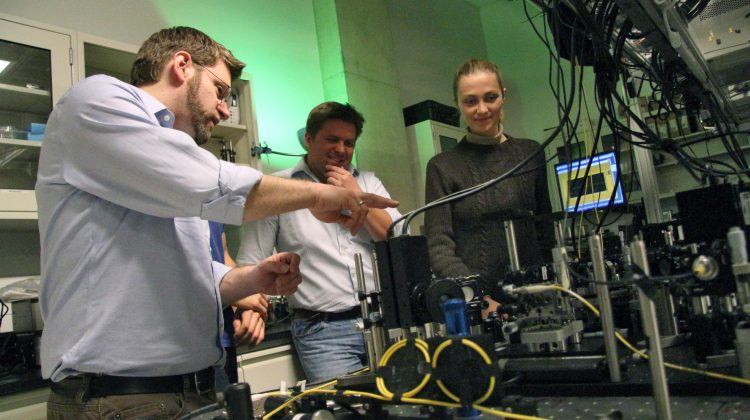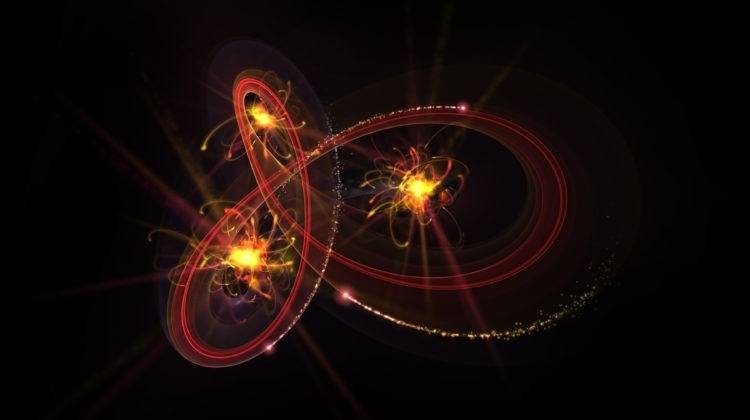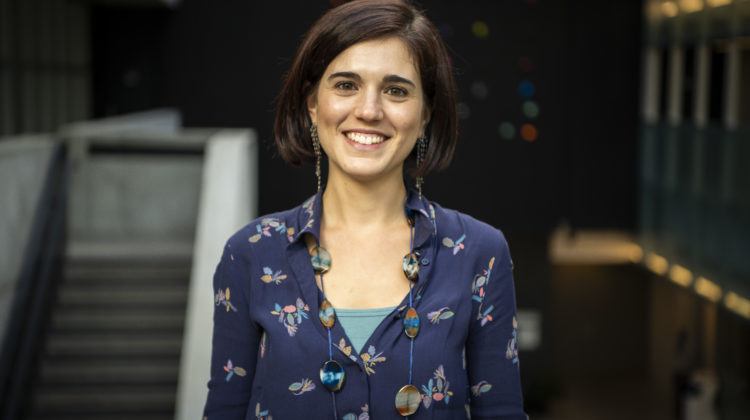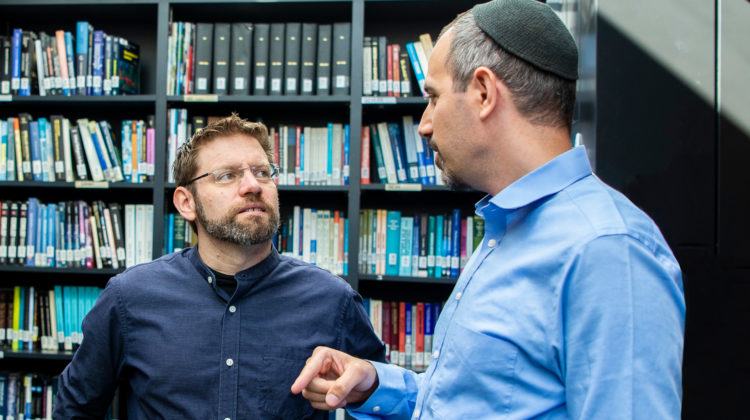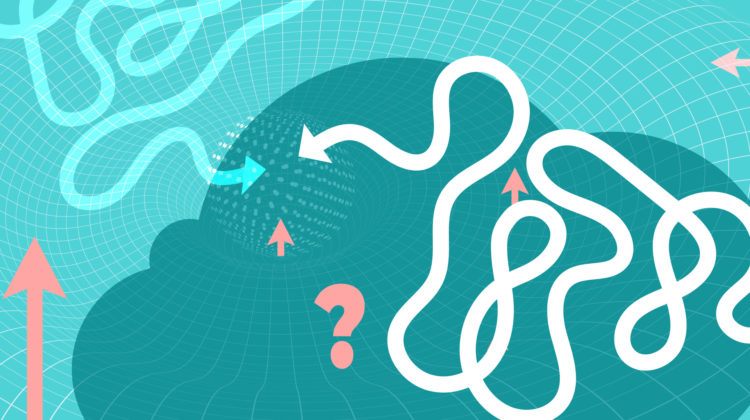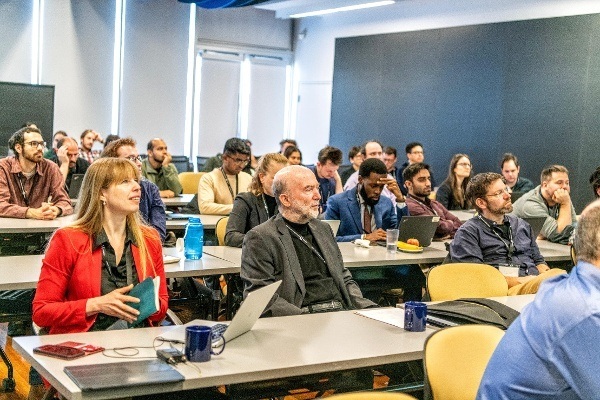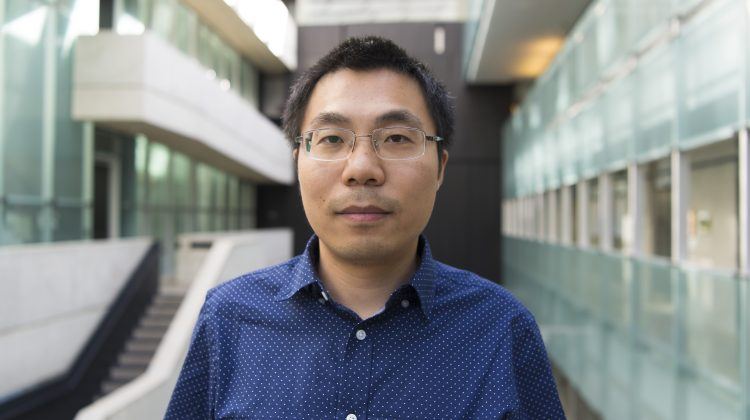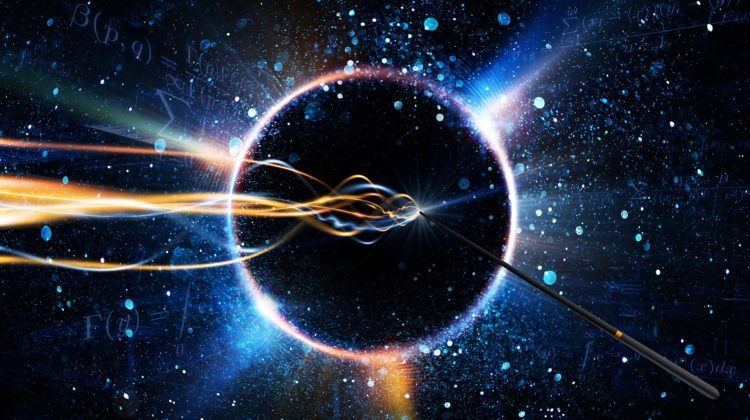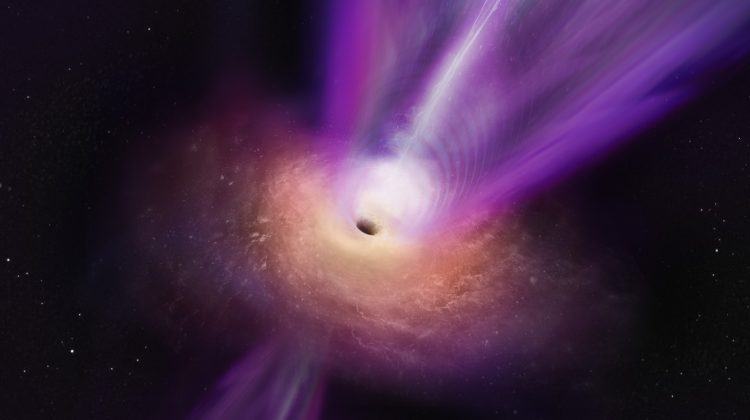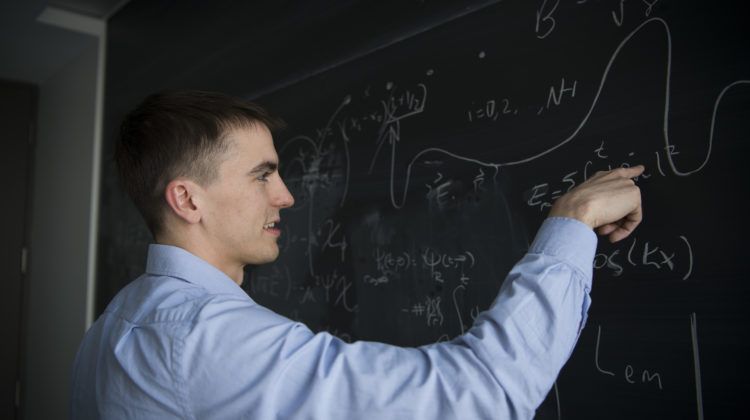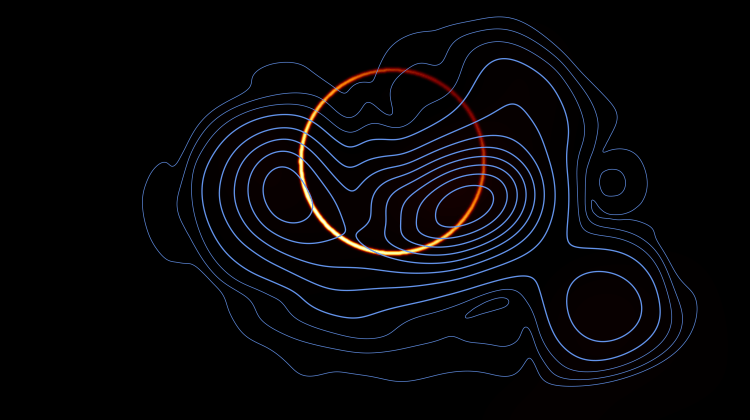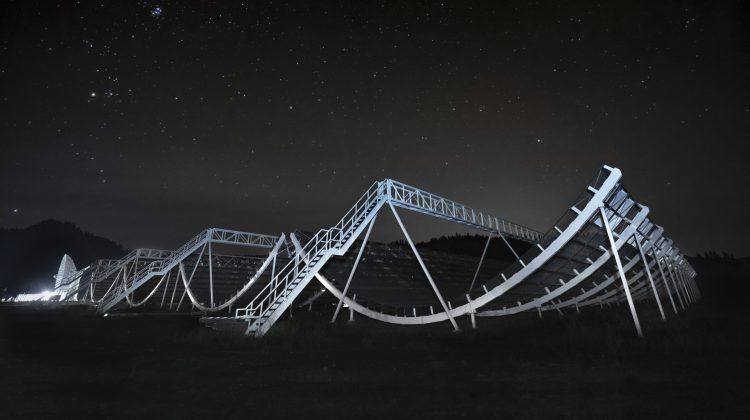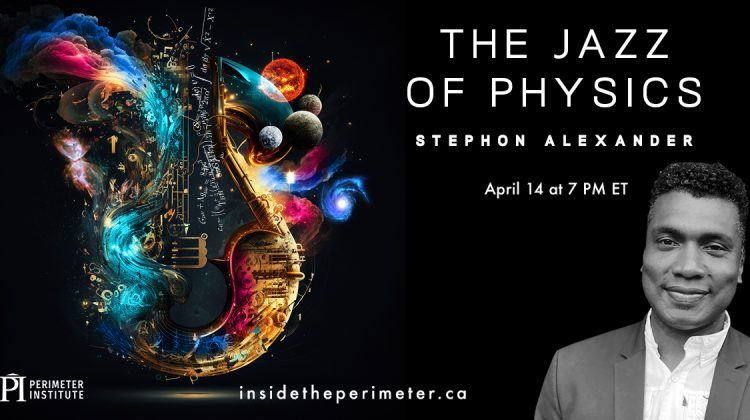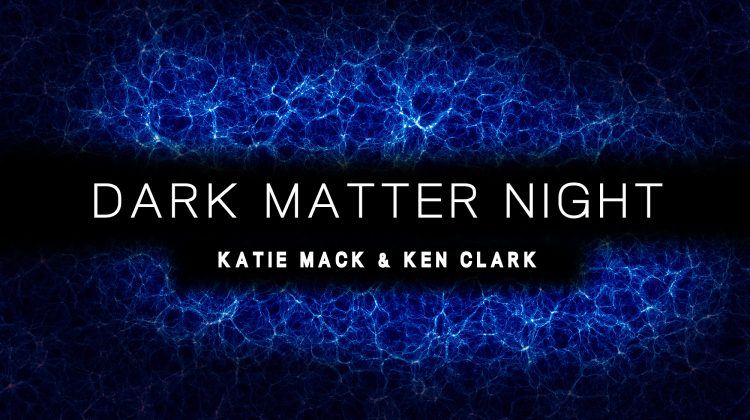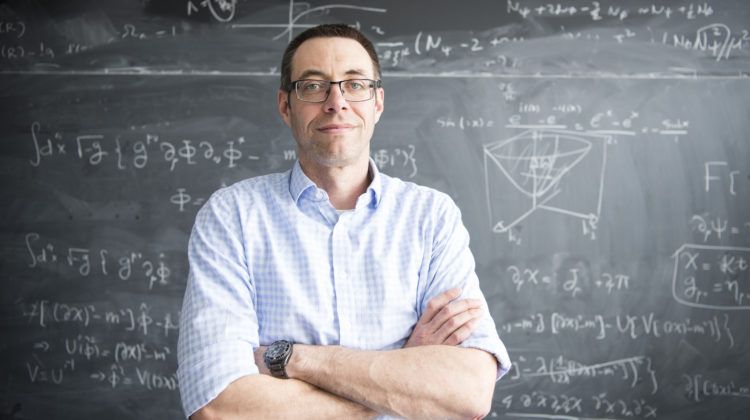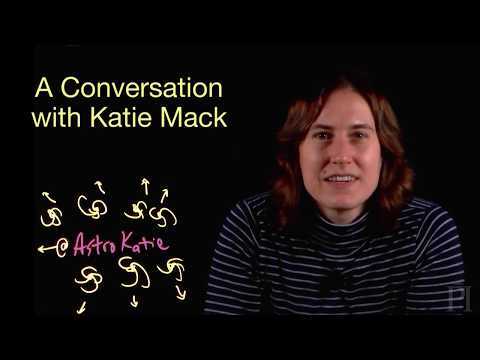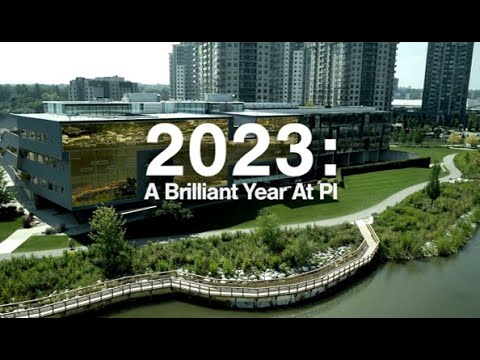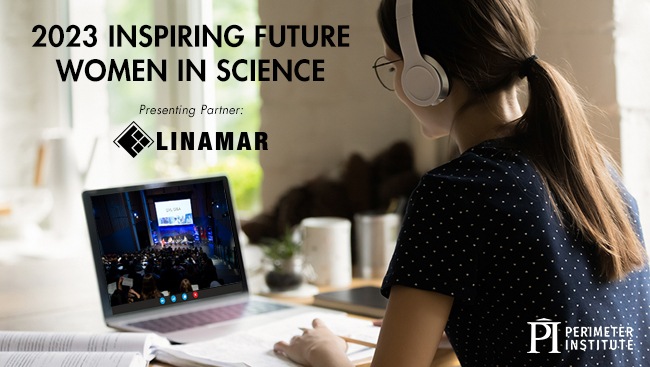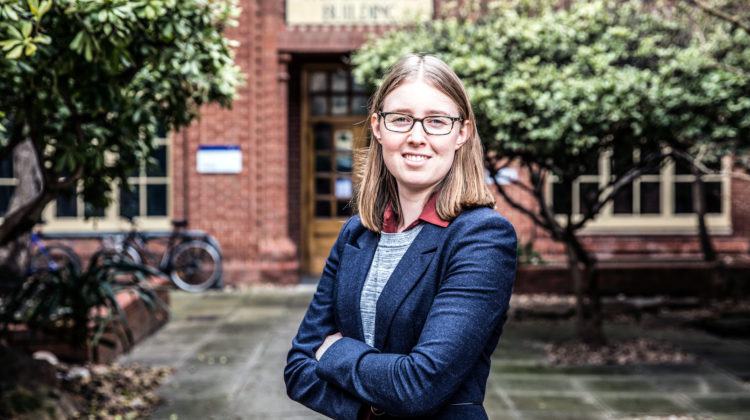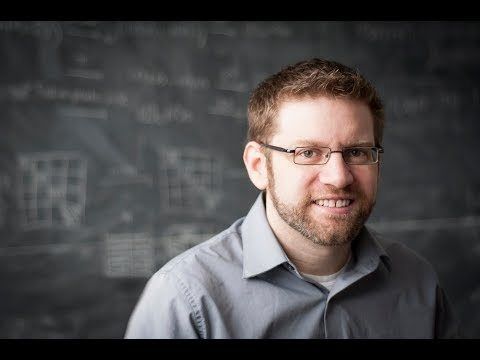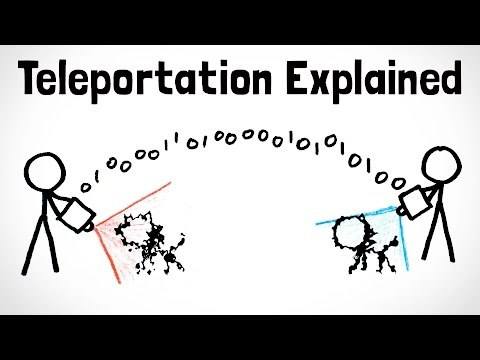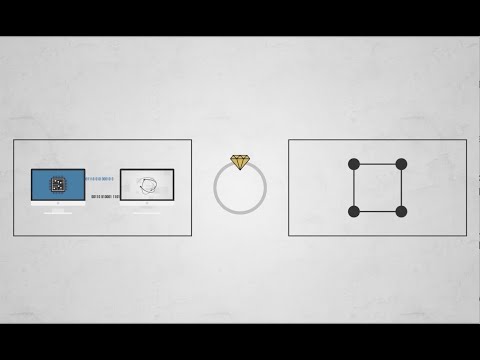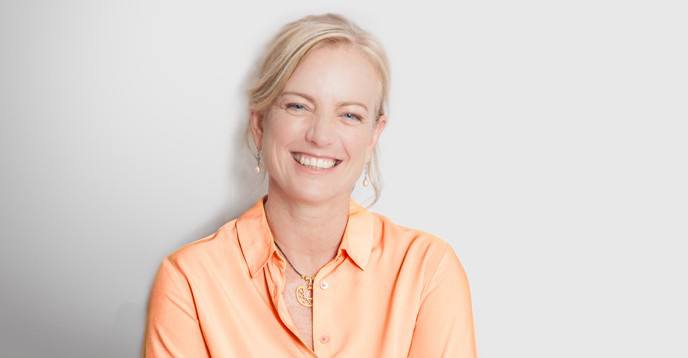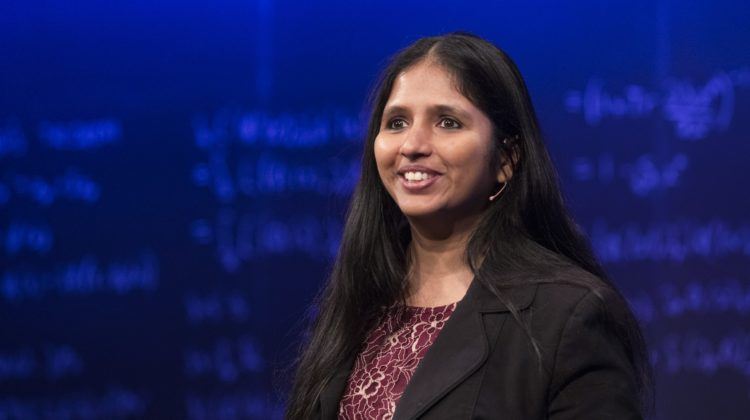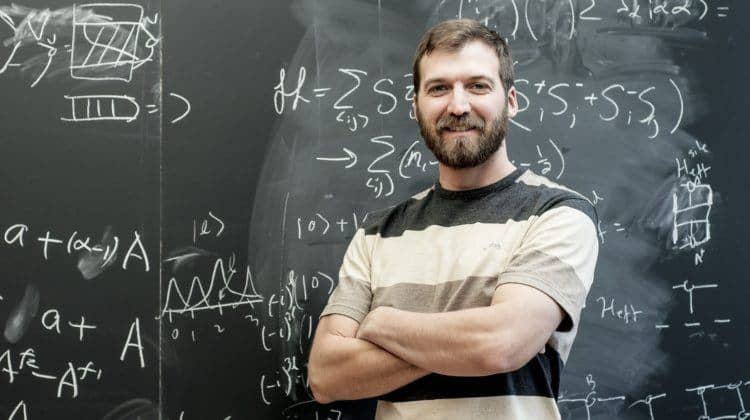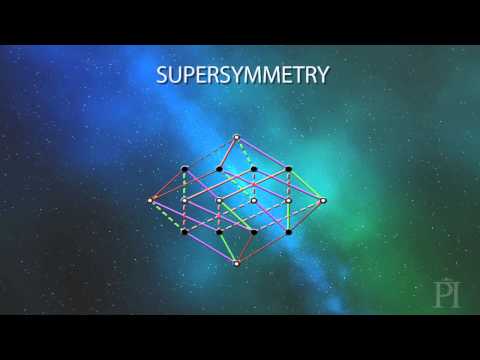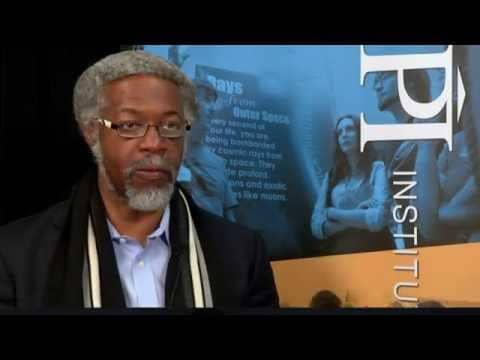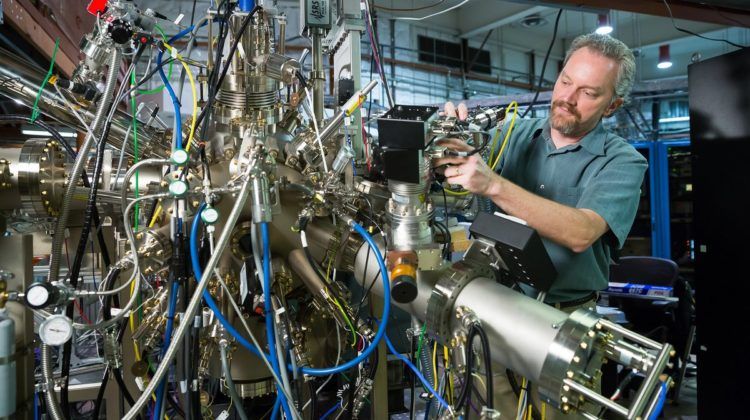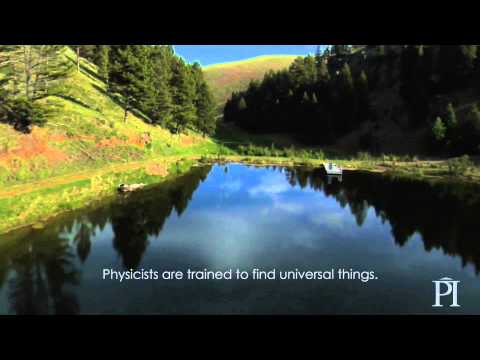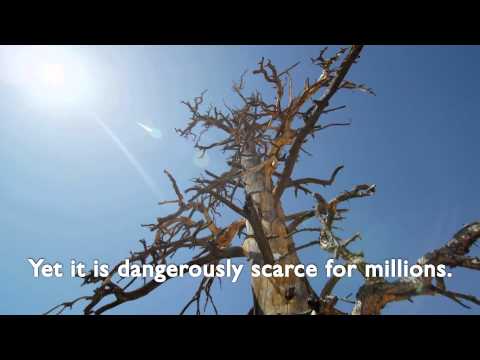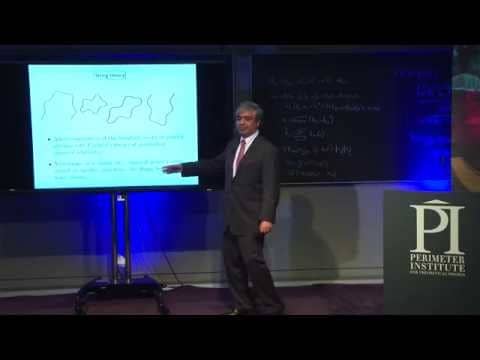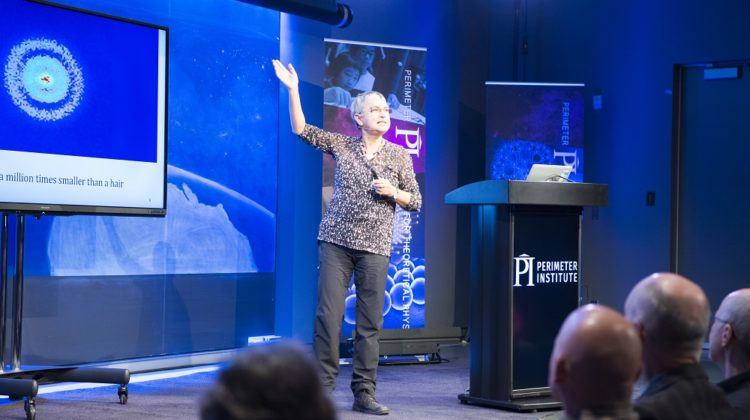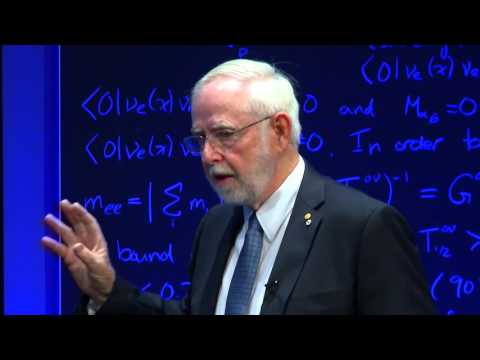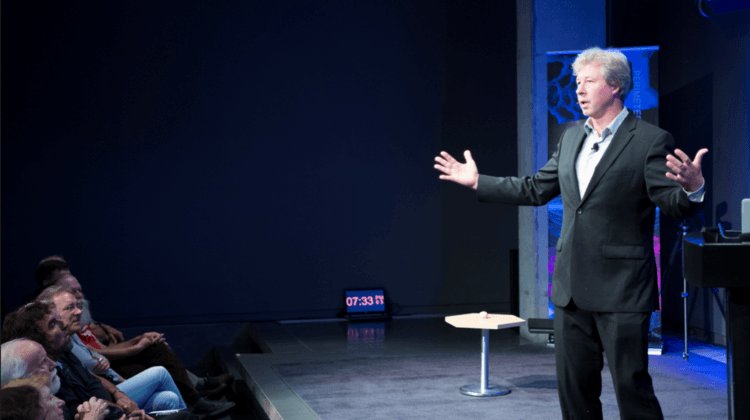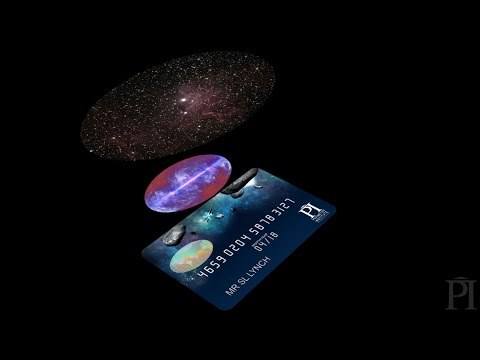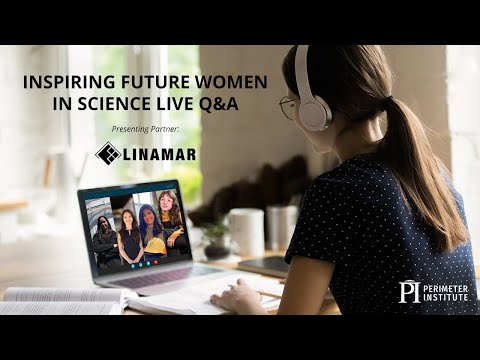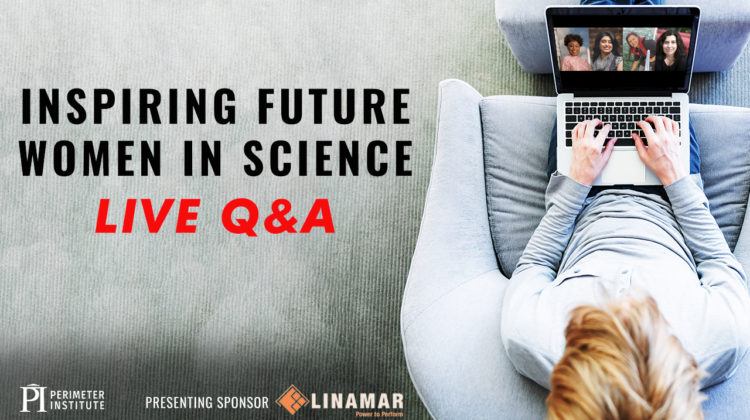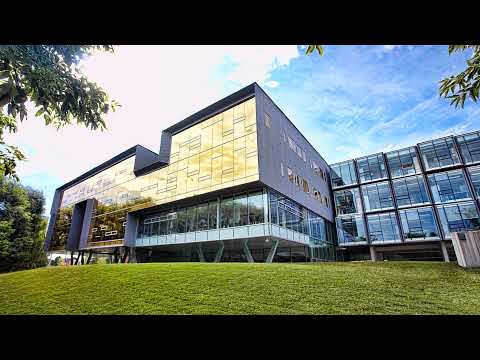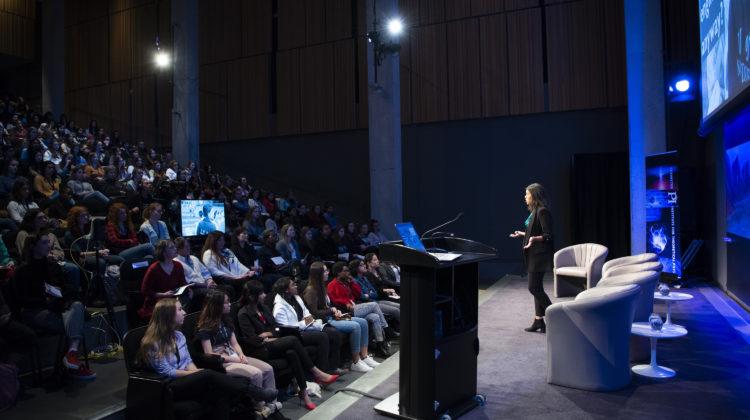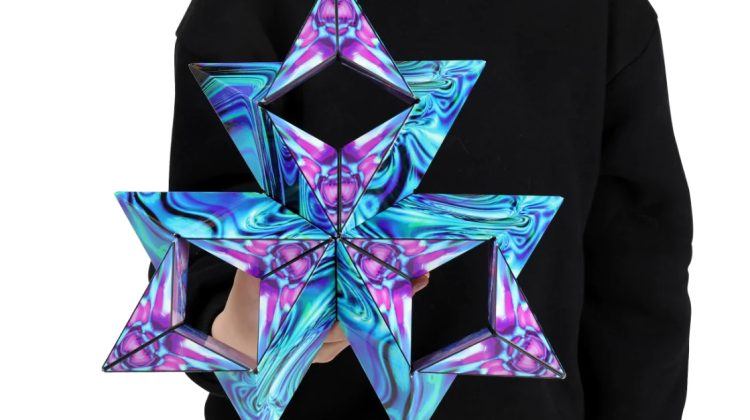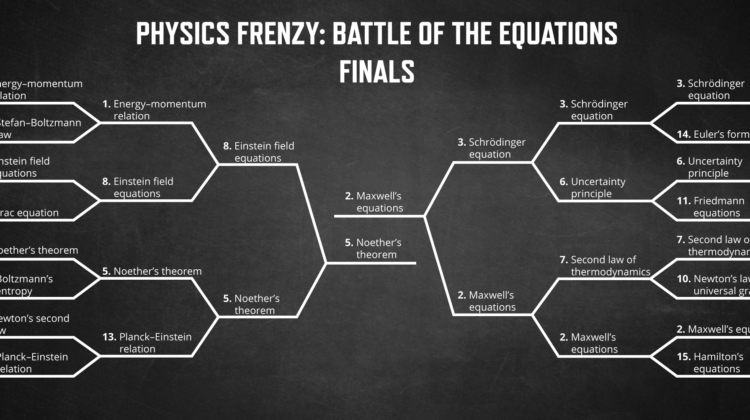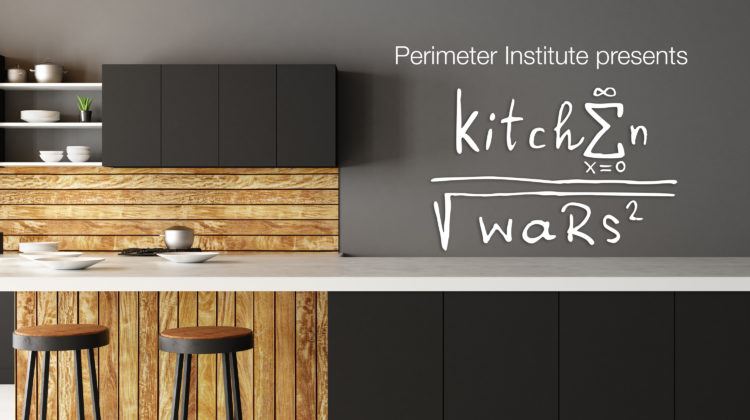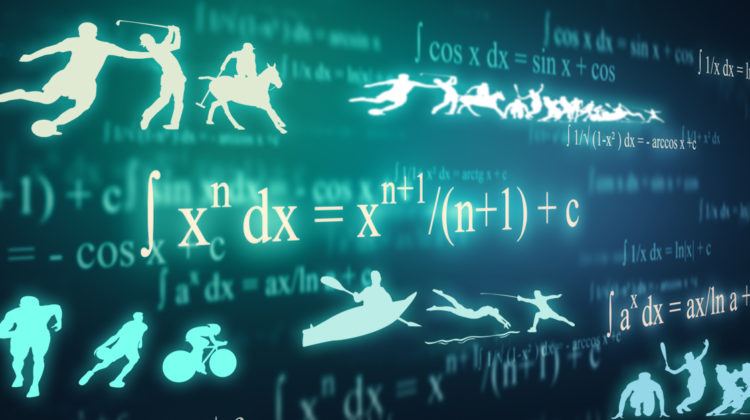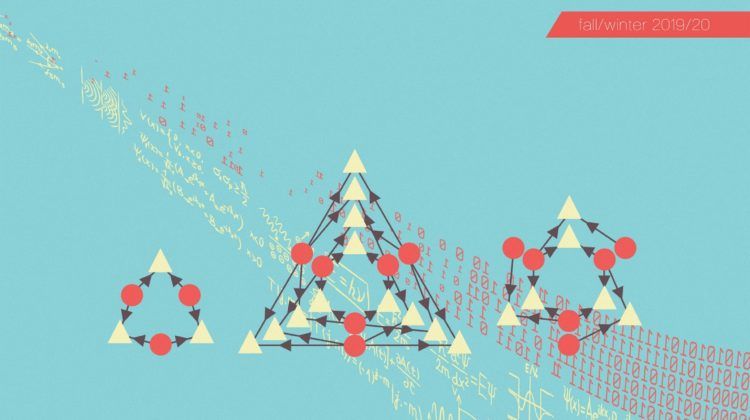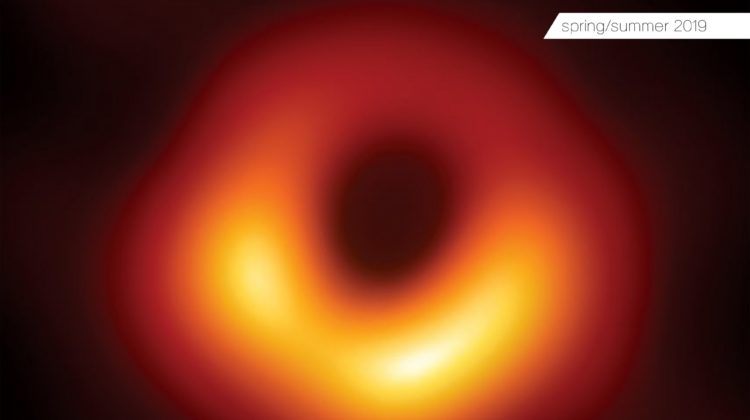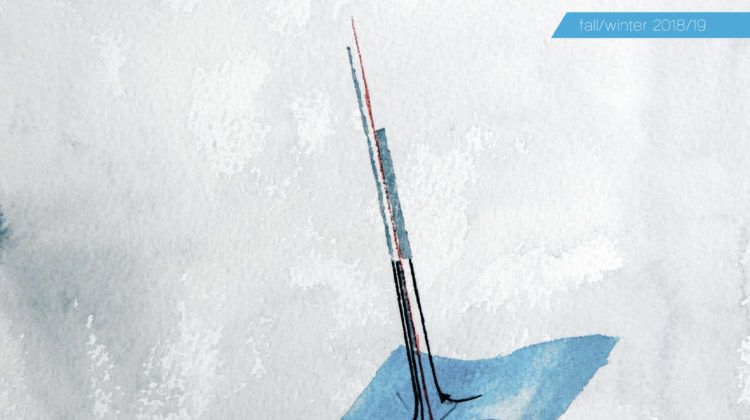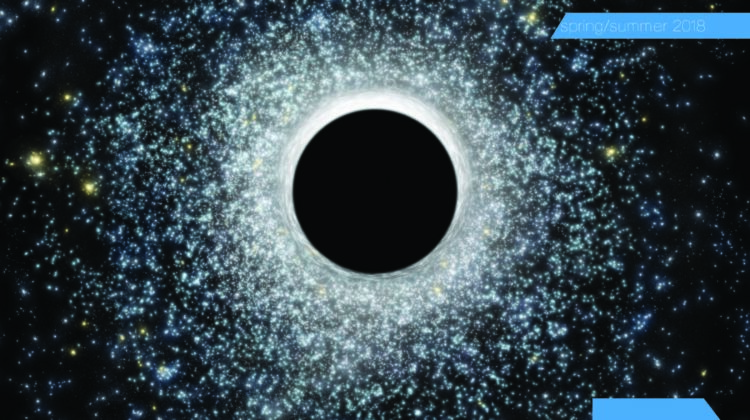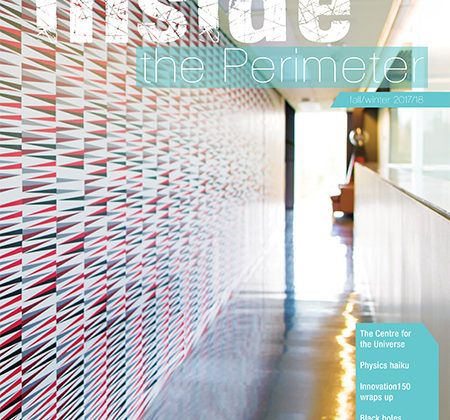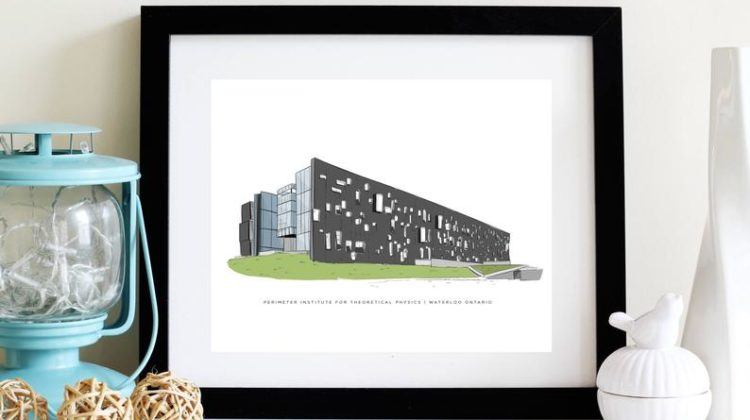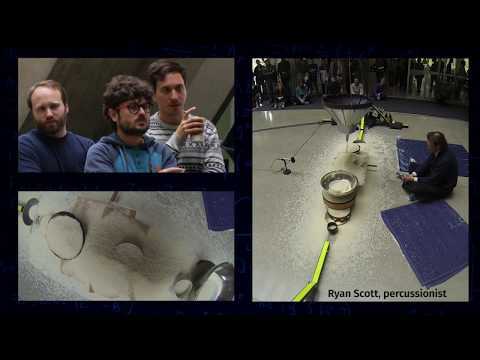The living chalkboard
Alexa Meade toys with perception and understanding as Perimeter’s first artist-in-residence.

Chalkboards are ubiquitous at Perimeter Institute. Down every hallway, in every lecture hall and cozy nook, they offer a constant invitation for researchers to hash out vexing questions about the workings of the universe.
But on this autumn afternoon, a new and peculiar chalkboard is commanding more attention than the others. A murmuring crowd has formed around it. Cameras flash.
This one challenges not just the brain of the observer, but the intuition as well. This chalkboard looks back at you. And then it blinks.
This tableau is the handiwork of Alexa Meade, a California-based painter and, for 10 days in September, the inaugural participant in Perimeter Institute’s Coalescence Artist-in-Residence program.
The eerie blinking eyes belong not to Meade but to her two subjects, Lauren Hayward Sierens and Laurent Freidel, who blend almost seamlessly into the chalky landscape.
Meade has painted the Perimeter physicists from head to toe – clothing, hair and all – with shades of black and grey. The muted colours and smudges almost perfectly match the three-dimensional chalkboard that surrounds them: a half cube with two walls and a floor, chalked in calculations over the past week by Perimeter scientists.
With a chameleon-like transition, her subjects become part of a living diorama.
By painting her subjects “into” their mathematical environment, Meade has created a startling, perception-bending illusion. Her living, breathing, blinking subjects seem to flatten from three-dimensional people into two-dimensional portraits.
“I love artwork that totally plays with your sense of dimensionality and perception,” says Meade, who has exhibited work in galleries around the world.
“I was contacted by Perimeter Institute to be artist-in-residence in part because of my play with dimensionality, and because a lot of the researchers are looking into the fourth dimension and higher dimensions.”
Though Meade claims no expertise in theoretical physics, she arrived at Perimeter armed with insatiable curiosity, an outgoing personality, and the freedom to ask anyone anything. Well before she began work on her immersive chalk-art piece, she had coffee with researchers, joined interdisciplinary collaborations, and simply watched physicists do physics. She led a painting workshop during one of Perimeter’s regular family nights, encouraging the children of researchers – and researchers themselves – to get creative and messy.
Suzanne Luke, curator of the artist-in-residence program, says Meade’s “fearlessness” was vital to the project: “She’s not one to shy away from asking questions, which created a wonderful synergy between the creative and scientific thought processes.”
To create a work of art that immerses people in their surroundings, Meade says she must first try to understand those people and surroundings.
“There’s so much genius, so many extraordinary minds working together here,” she says. “I’m just listening, absorbing, and trying to ask questions that are provocative. That does force the scientists to actually rethink a lot of their foundations.”
One of those scientists is Laurent Freidel, a long-time Perimeter faculty member whose own research often explores extra dimensions, and who volunteered to become one of Meade’s living portraits.
During the week prior to getting slathered with paint, Freidel chatted frequently with Meade about art and science, and the unexpected parallels between them.
“When you’re a physicist, you understand that there is a fundamental difference between what you experience with your eyes…and what the world is really about,” he says. “I think [Meade’s] art presents this discrepancy between what you experience and what things are about.”
Freidel and Hayward Sierens, an associate graduate student at Perimeter, sat unmoving for hours, in full view of their colleagues, as Meade painted them into their surroundings and then photographed the result.
Hundreds of pictures later, they emerge to clean themselves off. Meade’s three-dimensional chalkboard will be dismantled; it was never intended to be a permanent piece. Like all of the chalkboards at Perimeter, it represented a snapshot of a fleeting collaboration, to be wiped clean to make way for new ideas.
For Meade, this notion of impermanence was an important aspect of her residency at Perimeter. It highlighted that ideas and perceptions are alive – and they are most alive when we challenge them.
“Art is one way of interpreting the world,” says Meade. “Physics is another. I don’t think they need to be separate. I think they can work together for unlocking some of the mysteries that surround us.”

